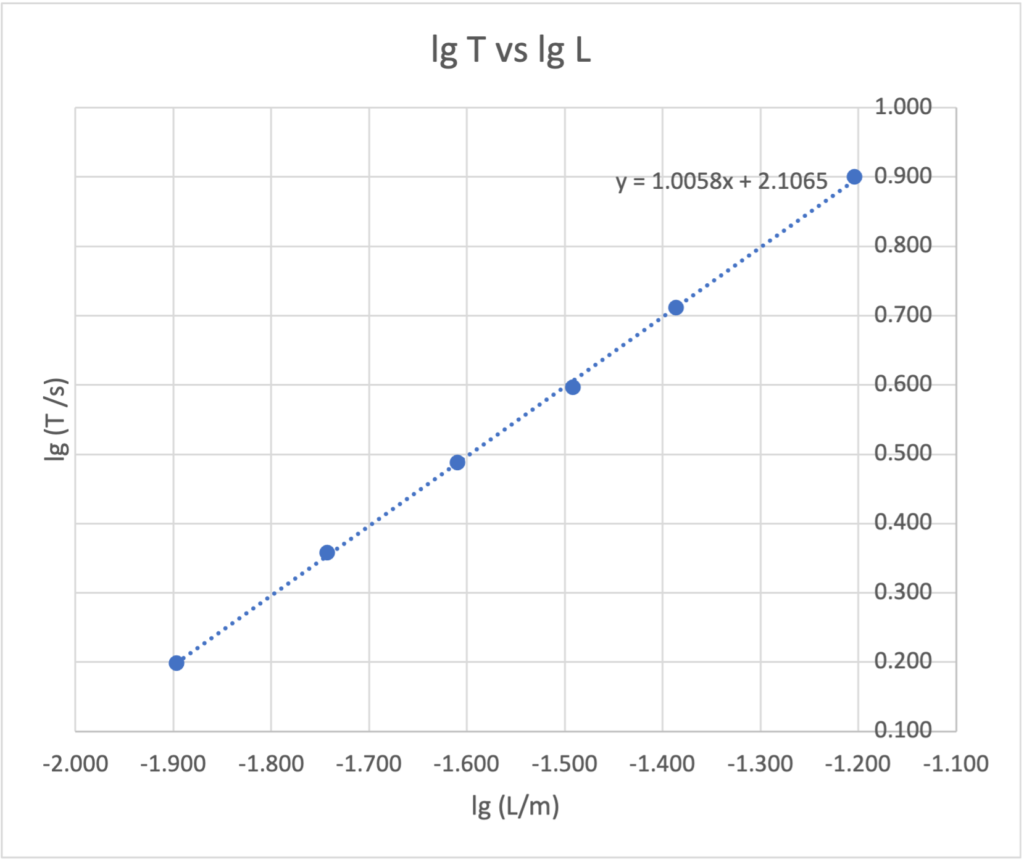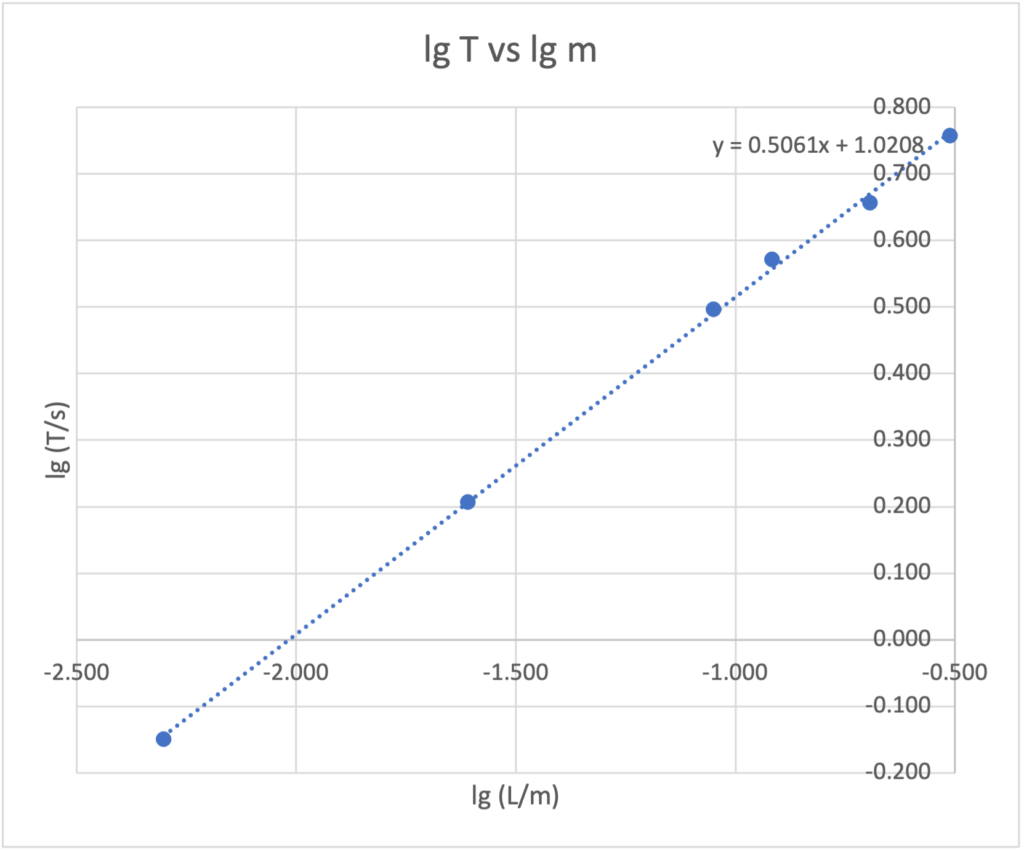For a fullscreen view, visit https://www.glowscript.org/#/user/wboson2007/folder/MyPrograms/program/Bouncing
Modified this python simulation from Dr Darren Tan’s work at https://sciencesamurai.trinket.io/a-level-physics-programming#/collisions/bouncing-ball
Wanted to try out a different way of creating simulations. Added the acceleration-time graph in place of his energy-time graph, in preparation for the teaching of kinematics. Also assuming no energy loss during collisions for simplicity.
For Singapore teachers, I have submitted a request to SLS for this URL to be whitelisted for embedding. Once approved, glowscript simulations can be embedded as part of the lesson. For the time being, a URL link out to the simulation will have to do.

